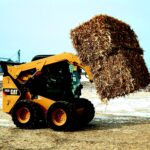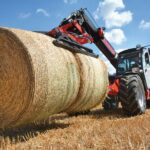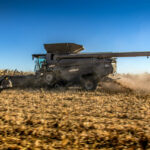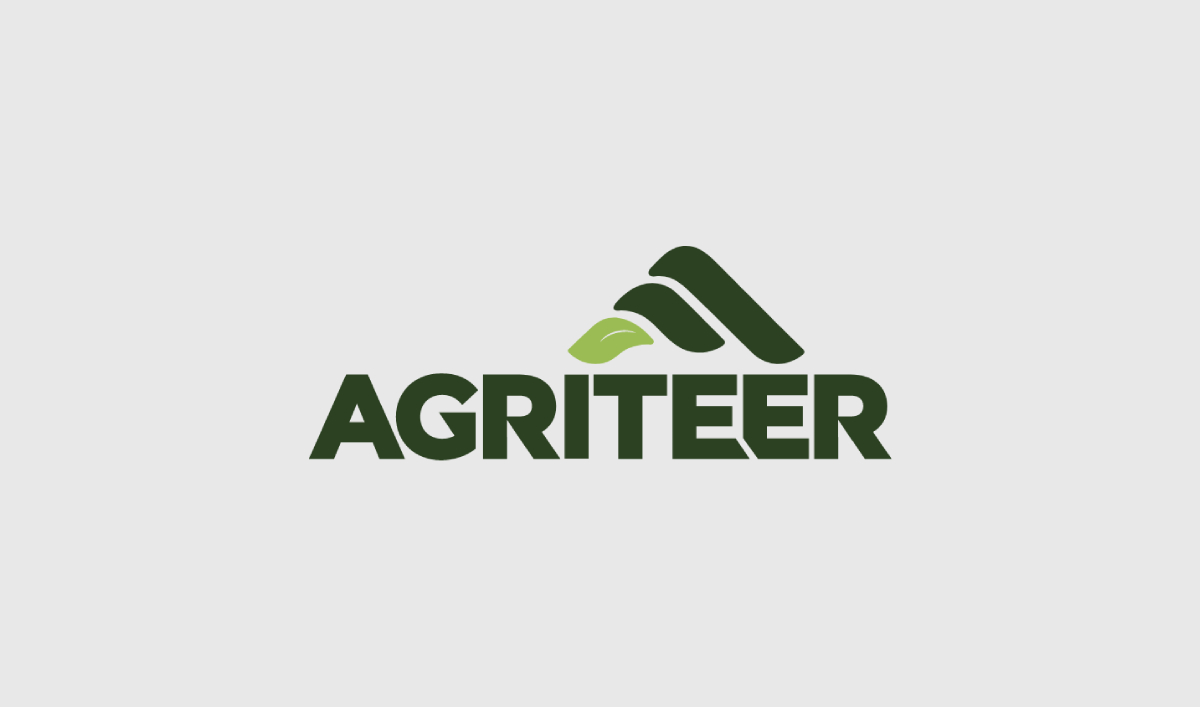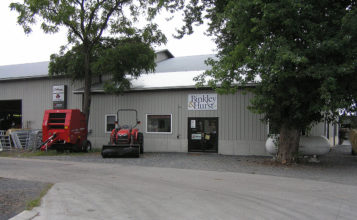Hay Harvest Equipment: A Complete Guide
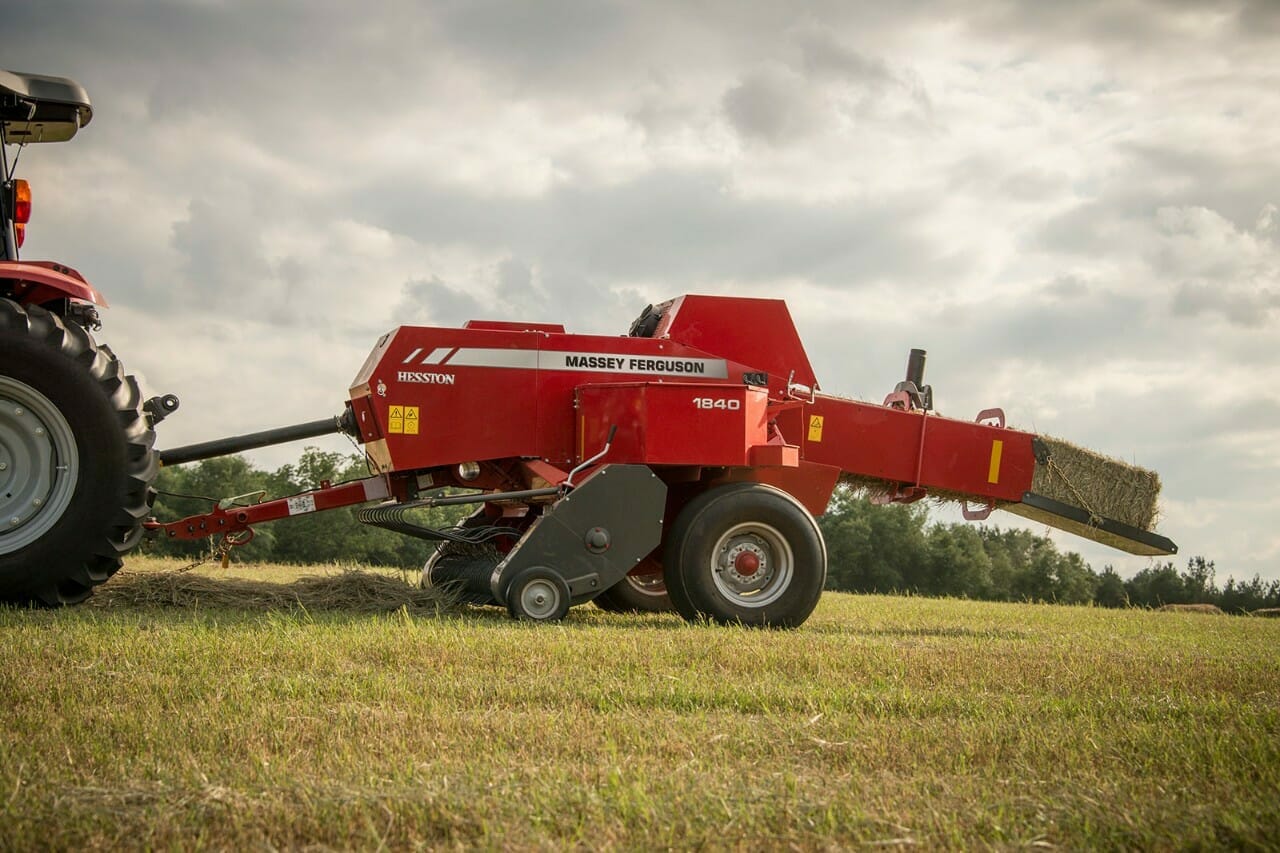
Innovations in the field of hay farming are constant. Just the last four years have seen some incredible ingenuity in haying equipment inventions: Vermeer debuted a zero-turn radius baler, McHale created a bale wrapper that bales 120 bales an hour (that’s two per minute!), Anderson Group put out a self-loading bale trailer, and Peerbuilt made a net-wrap remover.
With all the new technology and options out there, what is right for your farm? Whether you’re just getting started, or you’re ready to update your existing equipment, we’ve got you covered.
From mowers to balers to hay tractors, we’re going to look at each one and find out what kind will fit your farming style.
So what equipment is needed for hay farming?
Cutting
You’ve grown your hay, and now it’s time to cut it down. What do you use to cut hay? What hay cutting equipment is right for your and your farm?
- Swather/Windrower: A swather cuts down the hay and lays it in neat lines (or windrows) for the baler to come along. You can get one of these hay cutter machines that is self-propelled (meaning you drive it), or one that attaches to your tractor. Farmers opt for swathers over mowers because swathers eliminate the need to rake the hay into rows after it has been cut.
- Mower: Hay mowers are usually towed by tractors, and they come in three forms:
- Sickle bar: lightweight, good for subcompact and compact tractors. A sickle bar mower can mow in angled lines, making them the most versatile of your three mower options.
- Disc: can easily handle thick hay at high speeds. A disc mower may require large tractors to tow it, due to its size.
- Drum: can handle thick hay and high speeds, and is the most durable of your three mower options. A drum mower comes in shaft-driven and belt-driven options.
- Rake: If you opt to go the mower route, you will also need a hay rake, as mowers don’t collect the hay into conveniently-baled windrows like swathers do. The three most common types of tractor rakes are:
- Wheel: least expensive, easy to use, easy to repair.
- Rotary: gentle on crops, can be used on wet crop.
- Belt: lightweight, can be used on almost any type of tractor, can be converted to a tedder.
Tedding
Once you’ve cut your hay, and it’s lying there on the ground, you need to make sure it’s dry before the next step. Of course, you can leave it lying in the field to dry out, and sometimes that’s all it takes.
For certain crops in certain climates, though, it’s a good idea to use a hay tedder, which “stirs” up the hay on the ground and brings the not-dry-yet crop to the top to expose it to the sun.
There are two kinds of tedders:
- Heavy-duty: if you’re doing a lot of tedding frequently, go ahead and opt for a heavy-duty tedder.
- Light-duty: if you have a small farm or ted infrequently, a light-duty tedder is probably right for you.
Normally, tedders are towed behind tractors, so be sure your tractor can support whichever tedder you choose. In some cases, a rake can be used as a tedder, eliminating the need for an extra piece of equipment.
Baling
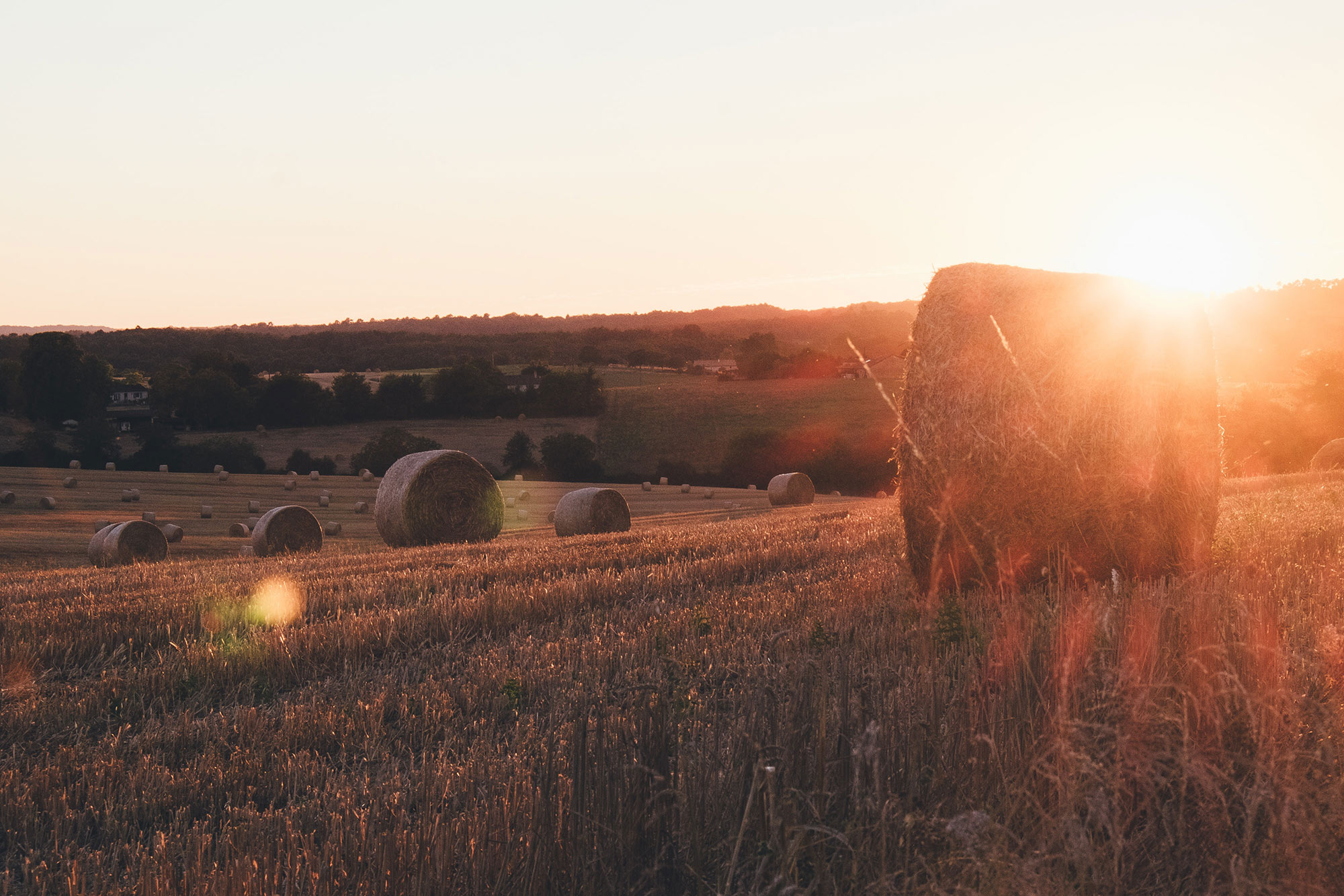
Once your hay is cut and dry, it’s time to put it into bales.
It helps to think through your needs, which will help you figure out what baler is right for you.
- Square bales: these are the rectangular bales you see on hay bale rides and in horse troughs. They are popular for feeding horses and other cattle, and they are not terribly difficult for an able-bodied person to lift. They are easy to stack onto trailers/trucks, easy to store, and easy to use for many purposes.
- Round bales: these are the giant round bales you see sitting in fields after harvest. They can be stored in the field even in rainy weather; they are heavy (hundreds of pounds) and need to be moved with a large tractor or other equipment; but they last a lot longer than square bales and can feed a lot more cattle. More and more recently, round bales can be made with a small hay baler, giving farmers options on sizes.
Transporting
So you have bales. Now what? How do you get the bales where you need them to be? You have two options:
- Bale accumulators: This is a piece of equipment that you can drag behind your tractor or baler, that will do just what the name suggests—accumulate bales.
Once it is full, simply drive it to the barn, unload the bales, and start over.
- Stack Wagons (or Bale Wagons): These are the manual labor version of bale accumulators; you pull a wagon behind a tractor or sturdy truck, and people load the bales into it.
Conclusion
Now you’re done making hay—well, this year, at least. For cutting, tedding, baling, and transporting, Agriteer has everything you need—new and used hay equipment! From haying equipment for small tractors, to self-propelled equipment for large farms, we have what you’re looking for.
If you have any questions about hay farming or equipment, contact us today.

